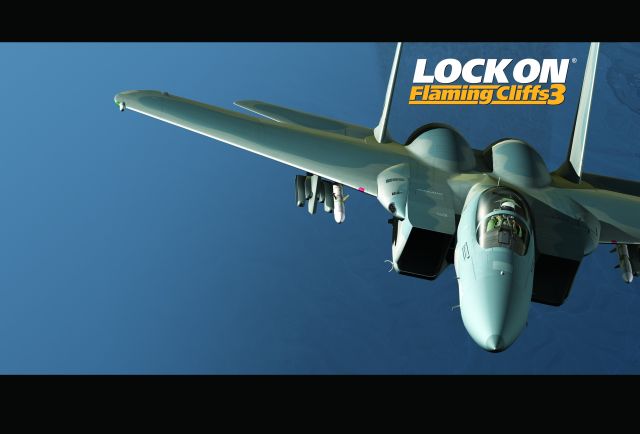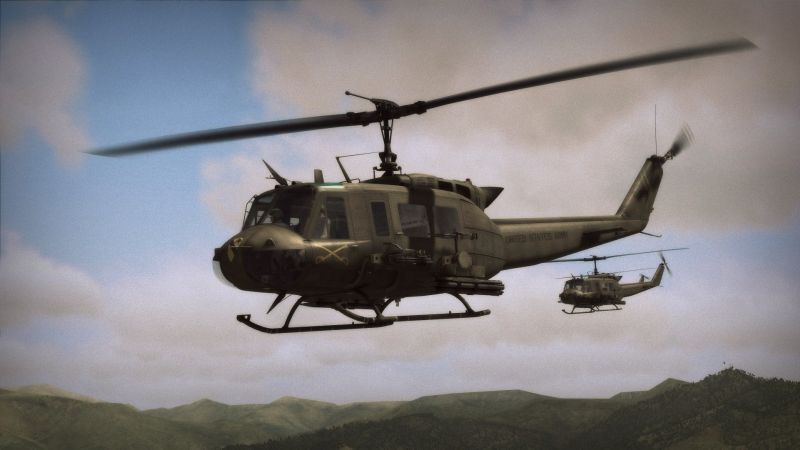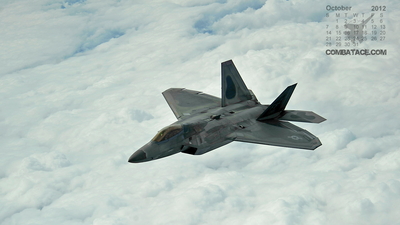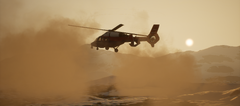- 12 replies
- 4,717 views
- Add Reply
- 7 replies
- 8,657 views
- Add Reply
- 22 replies
- 10,289 views
- Add Reply
- 0 replies
- 1,584 views
- Add Reply
- 0 replies
- 2,452 views
- Add Reply
- 10 replies
- 15,442 views
- Add Reply
DCS World 1.2.2 Update Released, FC3 Pre-Purchase Released

By Dave,


DCS World, 1.2.2
Fixed duplicated aircraft icons in generated mission.
Fixed double-click required when setting MAP OPTIONS.
Trigger zone less 37 meters radius is now visible.
Fixed missing scroll bar in the "Options" windows.
Fixed selecting F10 view options in ME mission options panel.
Corrected mouse axis disabled when player call the in-game briefing.
Corrected Su-25T Vikhr reticule position in some situations.
Fixed incorrect messages for ships after pressing "RAlt+J".
RIM-7 speed
The F-15C - A Flaming Cliffs 3 Mini Preview

By Dave,


I have been fortunate enough to receive a preview copy of Lock On: Flaming Cliffs 3 from Eagle Dynamics. (Thank you guys). During that time I have been taking the F-15C through the ringer. So I will highlight a few of its improvements that you will get to enjoy here really soon. I would say, in about 2 weeks.
External Aircraft Model:
The model has received a makeover. It is much more refined, smoother looking and has more detail. Careful attention was made to skins as well. They are a highe
Announcing DCS: UH-1H Huey

By Dave,


DUXFORD, UK, October 7th, 2012 - The Fighter Collection and Belsimtek are proud to announce the upcoming release of DCS: UH-1H Huey - the next aircraft in the Digital Combat Simulator (DCS) series of PC combat simulations. The Huey is one of the most iconic and well-known helicopters in the world. Having seen extensive service as a transport and armed combat support helicopter during the Vietnam War, the Huey continues to serve in both military and civilian roles in many countries around the glo
October Calendars Available

By Fates,


Here's the new batch of October Calendars.
Head over to the gallery and get them here: http://combatace.com...tace-calendars/
DCS 1.2.1 Now Available

By Dave,


DCS 1.21 Updates
The move to DCS version 1.2.1 marks numerous changes and improvements to the entire series of DCS products. As with the all DCS products now, DCS World (1.2.1) must now be installed prior to installing any of the DCS module versions 1.2.1.
New 1.2.1 changes include:
DCS World, 1.2.1
This new update to DCS World provides a set of new features and fixes. The most important of which is the new auto updater that will now automatically update your DCS World files with
KwikPit Gaming Platform

By Dave,


KwikPit Review
My quest for a simple home built cockpit started a few years ago after seeing some of my fellow flight simmers have their own pits. I looked at building one but I do not have the technical knowhow to even begin making plans for that. Next I looked on the net for some plans to make my own. I found a couple…then I realized I have no business trying to cut wood etc. Fix an ICBM, I can do that, work with wood? Not happening Kemosabe. So know what? How about maybe buy a real






